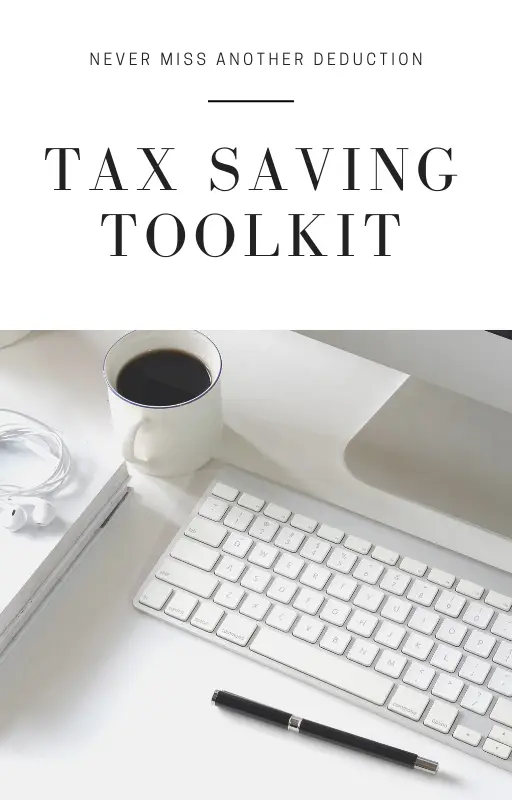The Australian Government has recently announced a reduction in the immediate asset write-off threshold for small businesses. Starting from July 1, 2023, and running through to June 30, 2024, eligible businesses with an annual turnover of less than $10 million will be able to instantly deduct the entire purchase value of assets priced at $20,000 or less. Assets with a value exceeding $20,000 will be required to be placed into a small business pool and depreciated at a rate of 15% during the first income year, followed by 30% annually thereafter where the business qualifies as a small business.
The previous temporary full expensing rules, which had allowed businesses to fully expense assets over a certain threshold, no longer apply as of June 30, 2023.
Who Qualifies for the New Scheme?
The revised instant asset write-off scheme will be accessible to businesses with an annual turnover below $10 million.
Eligible Assets under the Scheme
Similar to previous years, the instant asset write-off program encompasses all depreciable assets as long as they fall below the $20,000 threshold. Notably, this threshold operates on a per-asset basis, meaning that small businesses can apply this deduction to multiple assets.
Assets valued at $20,000 or more, which are ineligible for immediate write-off, can still be placed into the small business simplified depreciation pool. In this pool, they will be depreciated at a rate of 15% in the first income year and 30% in each subsequent income year.
Purchasing Business Assets
Business owners have various options for acquiring assets:
- Buy Outright: With this method, you purchase the asset using your own funds, and as the asset is owned outright, you can proceed to depreciate it.
- Finance: Financing options are available, including:
- Chattel Mortgage: This is a popular financing choice where you take ownership of the asset from the outset, secure the loan against the asset, and tailor the loan term, typically up to five years. With this financing type, you can depreciate the asset.
- Finance Lease: Under this arrangement, the lender retains ownership of the asset, while you bear the risk of disposal when the lease concludes. Often, a residual payment is due upon lease termination. Since you don’t own the asset, you generally cannot depreciate it, but you can claim the lease payments each month. But note that some special rules apply to short term leases.
- Operating Lease: In this option, you never own the asset, and you return it at the end of the lease term. As you don’t have ownership, depreciation isn’t applicable. However, you can claim the lease payments as expenses. A common example of an operating lease is a hire car.
- Hire Purchase: This involves an agreement between your business and a lender. The lender acquires the asset upon your request and grants your business usage in exchange for regular payments. You gain ownership of the asset at the end of the financing term. But special rules apply to allow you to depreciate the asset and write it off if eligible.
If you have questions about the new Instant Asset write off, please contact our office on 907) 3823 2344.




